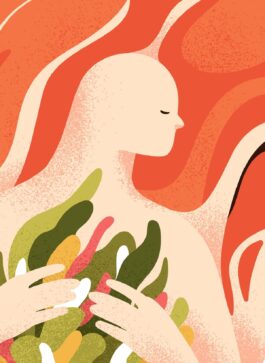Tijdens de coronapandemie verschenen in de media steeds meer berichten over een hoge werkdruk in de gezondheidszorg en in toenemende mate ook in de geestelijke gezondheidszorg (ggz). Tijdens de eerste coronagolf deed het Trimbos-instituut onderzoek naar de impact van corona op psychische hulpverleners (Van Bon-Martens et al., 2020). De conclusies waren niet mals: een flink deel van de ggz-professionals kampte met een verminderde psychische en lichamelijke gezondheid.
Met name de psychische gezondheid ging erop achteruit; bijna een kwart van de hulpverleners voelde zich psychisch ongezond. Voor alle ggz-professionals (psychologen, verpleegkundigen, sociaal-maatschappelijk werkers en jeugdhulpverleners) steeg de gemiddelde werkdruk ten opzichte van vóór de crisis. Meer dan de helft van de ondervraagden kon niet de zorg leveren die nodig was. Bijna een derde van de hulpverleners rapporteerde (veel) meer slaapproblemen en meer dan de helft verlangde hulp en ondersteuning, onder andere bij het bewaken van de
